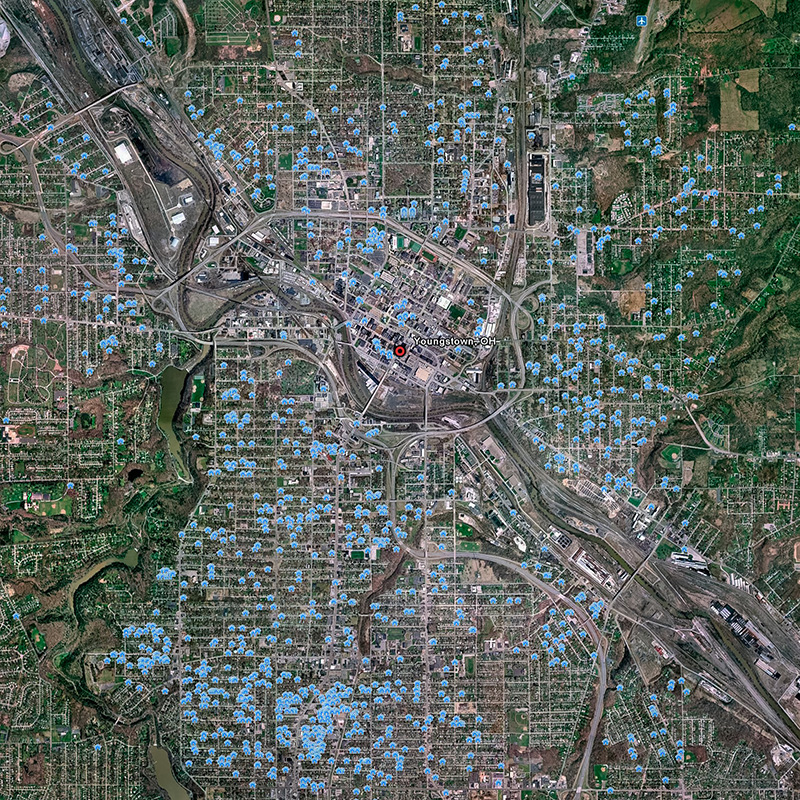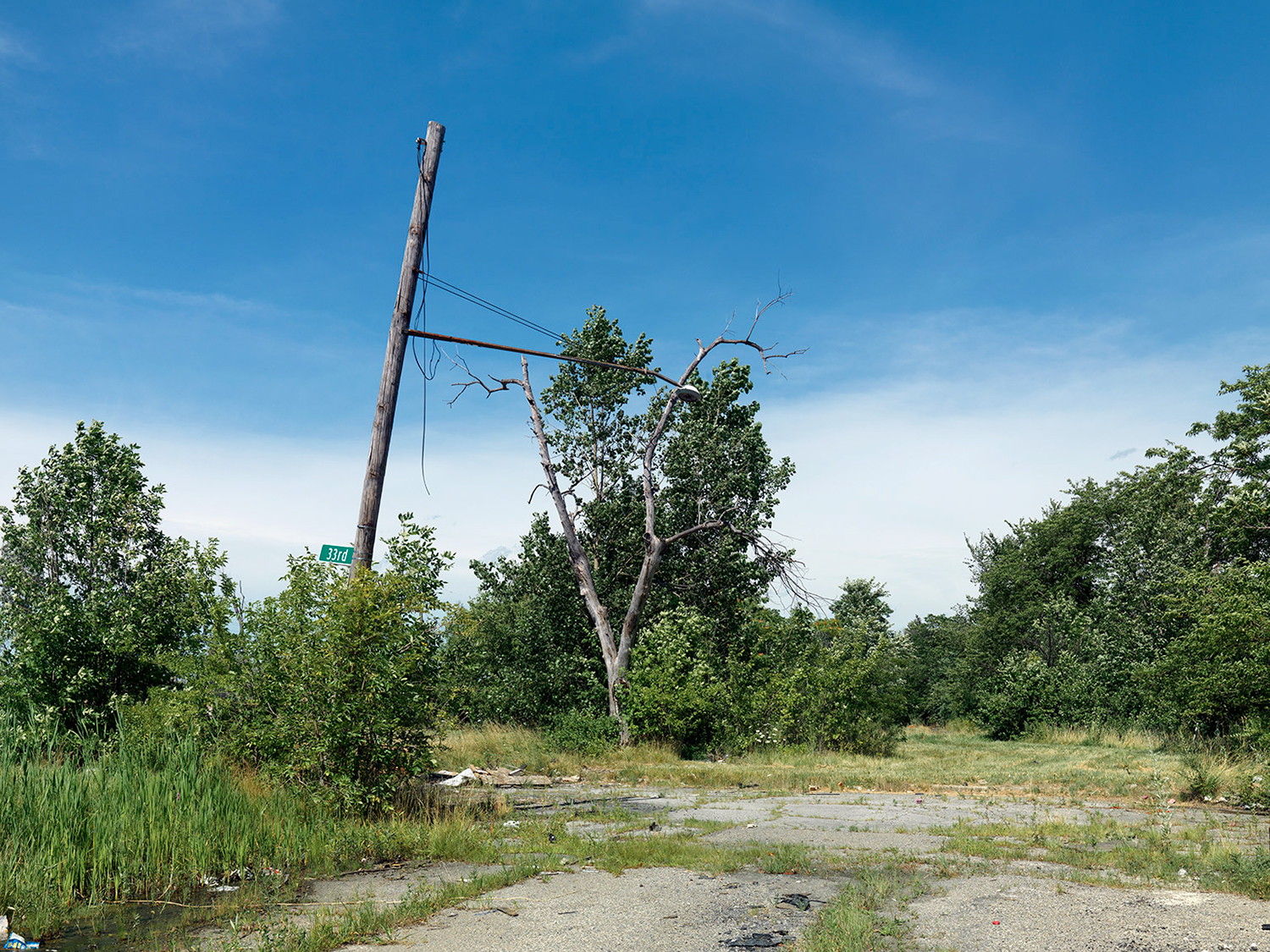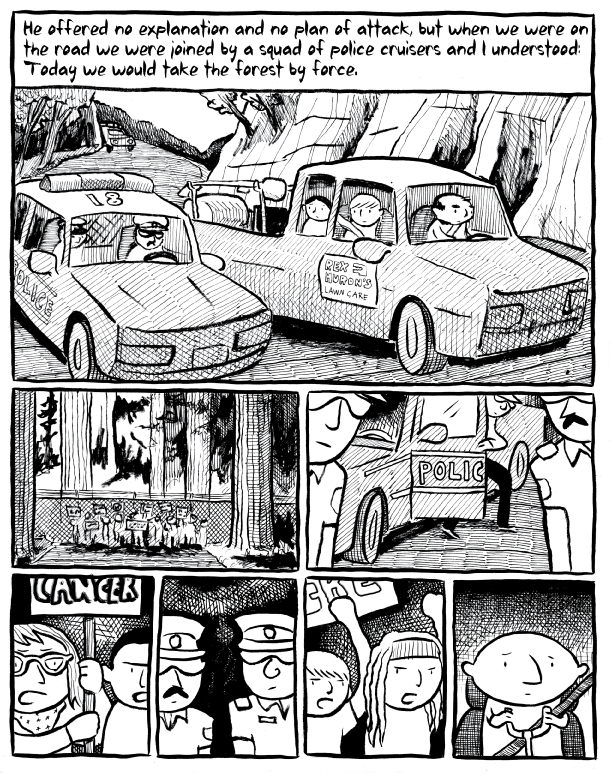Written By: Ryan Nemeth
Urbanization, defined as the increase in the number of cities and urban population, is not only a demographic movement but also includes social, economic, and psychological changes in population. Urbanization is a process of industrialization and economic development that leads to concentrated population growth and human habitation in built environments. In today’s increasingly global and interconnected world, over half of the world’s population (54 per cent) live in urban environments. Notably, there is still substantial variability in the levels of urbanization across countries. The coming decades will bring profound changes to the size and spatial distribution of the global population. The continuing urbanization and overall growth of the world’s population is projected to add 2.5 billion people to the urban population by 2050, with nearly 90 per cent of the increase concentrated in Asia and Africa. At the same time, the proportion of the world’s population living in urban areas is expected to increase, reaching 66 percent by 2050.
The process of urbanization historically has been associated with other important economic and social transformations. These changes have ushered in greater geographic mobility, lower fertility rates, longer life expectancies, and aging populations. Thus, cities are important drivers of development and poverty reduction as they concentrate national economic activity, government, commerce, and transportation activities. Furthermore, metro areas provide crucial links with rural populations and access and availability to resources between cities. Urban centers even have an impact that can be felt across international borders. This is increasingly the case with the rise of the service class and the Internet economy, as city and population resources have been mobilized.
Nevertheless, we all know that rapid and unplanned urban growth threatens sustainable development. This often transpires when necessary infrastructure changes are not planned and developed properly, or when policies are not implemented to ensure that the benefits of city life are equitably shared. Today, despite the comparative advantage of cities, urban areas demonstrate more inequity than rural areas as hundreds of millions of the world’s urban poor live in sub-standard conditions. In some cities, unplanned or inadequately managed urban expansion leads to rapid sprawl, pollution, and environmental degradation. I would propose that the role of green space in cities is and will become increasingly important for the maintenance of urban ecology and sustainable development. Furthermore, including ample green space in densely populated areas will serve as a necessary and needed connection to our broader environment and a lifeline to the natural world. Urban environments are particularly challenged because they insert humans into built environments that are increasingly diminished and void of nature. Thus, the mere action of sequestering humans from the natural world seems to induce many of the reported ill-fated effects and unintended consequence of urban existence.
Just as rats and other laboratory animals housed in unfit environments undergo systematic breakdowns in healthy and positive patterns of social functioning, so too do people. In greener settings such as rooms, buildings, neighborhoods, and larger areas with more vegetation; we find that people are more generous and more desirous of connections with others. In these settings, we find stronger neighborhood social ties, a greater sense of community, more mutual trust, and a willingness to help others. In general, healthy natural environments show evidence of healthier social functioning in both neighborhood and common space areas. Thus, research indicates that there is more (positive) social interaction in green space and a greater shared use of space by both adults and children. In less natural environments, the inverse is true. We find higher rates of aggression, violence, violent crime, and property crime; even after controlling for income and other differences. Researchers also noted increased rates of loneliness and that more individuals reported having inadequate social support in environments void of natural elements.
Access to nature, whether it is in the form of bona fide natural areas or in bits or views of nature, impacts psychological, as well as social functioning. Greater access to green views and green environments yields better cognitive functioning; more proactive behaviors, more self-discipline, and more impulse control; greater mental health overall; and greater resilience in response to stressful life events. Less access to nature is linked to exacerbated attention deficit/hyperactivity disorder symptoms, more sadness, and higher rates of clinical depression. People with less access to nature are more prone to stress and anxiety, as reflected not only in individuals’ self-reports but also through measures of pulse rates, blood pressure, and stress-related patterns of nervous system and endocrine system anxiety. The evidence is very conclusive!
Rarely do the scientific findings on any question align so clearly. Parks, nature, and other green environments are an essential component of a healthy human habitat. While street trees, parks, and public green spaces are often regarded as mere amenities; ways to beautify our communities and make life a little more pleasant. The science tells us that they play a central role in human health and healthy human functioning. Much like eating greens provides essential nutrients, so does seeing and being around green growing and alive flora and fauna. To promote a healthier, kinder, smarter, resilient, and more vital populace, communities should be designed to provide every individual with regular and diverse sources of “Vitamin G.” For those of you wondering, that is the green vitamin, nature, the one that we naturally ingest through our senses.
Ironically, just at the moment in our evolutionary history when we have turned decisively toward an urban existence with less and less contact with nature, scientists studying the impacts of the physical environment on people have discovered the importance of our connection to the natural world. In the last two decades, research on the impacts of green environments show that humans social, psychological, and physical health has burgeoned. The evidence for the link between nature and human health has become so convincing that researchers have taken to using the phrase “Vitamin G” to capture nature’s role as a necessary ingredient in a healthy life (Maas, 2008). Much as nutrition scientists have discovered that fruits and vegetables play a crucial role in a healthy human diet, environmental scientists have discovered that trees, parks, and natural elements play an essential role in a healthy human habitat.
Conclusion: Protect, Interact, and Contribute to maintaining and creating green space in our cities, our collective health and vitality depends on it!
References:
- Kuo, J. (2010). Parks and Other Green Environments: Essential Components of a Healthy Human Habitat. National Recreation and Parks Association.
- Maas, J. (2008). Vitimin G: Green environments-healthy environments. New England Journal of Medicine, 325(24):1740-2. Utrecht: Nivel.
- Srivastava, K. (2009). Industrial Psychiatry Journal. Jul-Dec; 18(2): 75–76. Retrieved from: http://www.ncbi.nlm.nih.gov/pmc/articles/PMC2996208/.
- United Nations, Department of Economic and Social Affairs, Population Division (2014). World Urbanization Prospects: The 2014 Revision, Highlights (ST/ESA/SER.A/352).

























